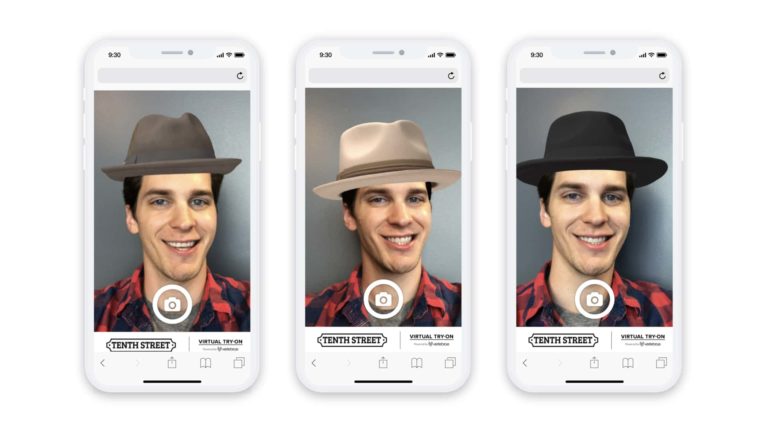
There’s a common rallying cry among AR proponents that the technology will transform the way people shop. Stepping away from inherently-biased narratives, where are the proof points? Does AR shopping – or camera commerce as we call it – resonate with real consumers?
To support that notion, there are several well-worn performance indicators for AR’s ability to boost conversions in eCommerce contexts. It also can reduce product returns, which are a big retailer pain point. All of this results from elevated buyer confidence from 3D visualization.
Beyond performance, there’s consumer sentiment data. Are they asking for AR? For those who have discovered it otherwise, is it something that’s working for them? Survey data from our research arm ARtillery Intelligence signals good and bad news for consumer AR traction.
Another data set recently hit our desks from AR shopping tech provider Vertebrae, indicating positive sentiment towards immersive shopping. Consisting of consumer survey data on shopping behavior, it’s the focus of this week’s Data Dive, with takeaways and commentary below.
Data Dive
Before diving into the findings, what was the methodology? Vertebrae conducted an online survey of 346 U.S. consumers from May to June 2021. The questioning focused on shopping behavior, use of AR, and its impact on buying decisions. Here are the highlights we extracted:
– 44 percent of respondents have used virtual try-on in online shopping contexts.
– 75 percent of those did so in the past year, indicating the technology’s current momentum.
– 69 percent ended up buying a product after vizualizing it in AR.
– 49 percent say that they’re likely or very likely to purchase from brands that offer AR try-on features.
– 21 percent value AR’s ability to see products in greater dimension, including more detail than 2D images offer.
– 77 percent of those who haven’t used AR in shopping want to try it if it’s easily available in an eCommerce flow.
– 44 percent are unlikely or highly unlikely to use AR shopping if they have to take additional steps, such as uploading a photo or entering measurements.
– 70 percent identified eyewear as the product category where AR adds the most value.
– That’s followed by hats (44 percent), handbags & backpacks (21 percent), shoes (27 percent) cosmetics (27 percent), clothing (52 percent), and jewelry & watches (26 percent).
– Top use cases include “I can see if the style is right for me” (63 percent), “I can see whether the color is right for me” (51 percent), and “I get an accurate sense of the size of the item” (46 percent).
– 47 percent trust eyewear brands to deliver AR experiences versus Amazon (15 percent) and big-box retailers (29 percent).
Competitive Necessity
Breaking down the data further, the points that stick out most are the AR participation and conversion rates. Not only have 44 percent of respondents used AR in shopping, but 69 percent of those ended up buying something. This is a huge conversion rate in digital media terms.
Similarly, the fact that 75 percent of AR shopping users have done it for the first time in the past year says that AR is on an upswing. Much of this can be attributed to the Covid era, during which retail lockdowns conferred greater value on the ability to see IRL-like product dimension.
Another key finding from a tactical standpoint is the clear message that AR has to be frictionless and not require extra steps. This is a drum we’ve been beating for a few years. AR is too early and unproven to get users to have to work for it. Put it in their direct paths, like Houzz does.
Overall, these are mostly positive results for AR shopping (acknowledging relatively small sample and vendor-produced report). It’s clear that AR is becoming expected in shopping – a key turning point in any technology that compels brand adoption as a competitive necessity.

